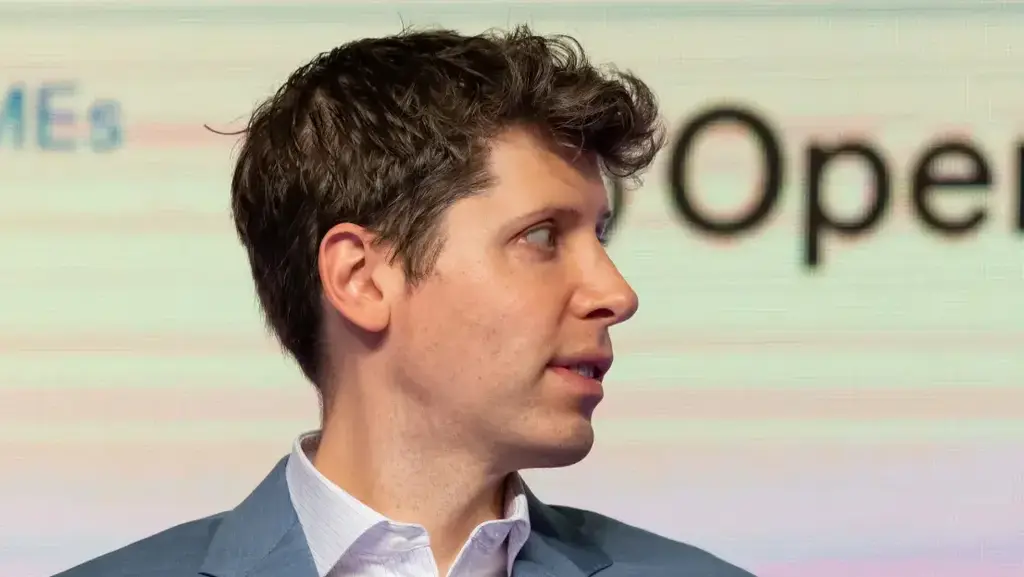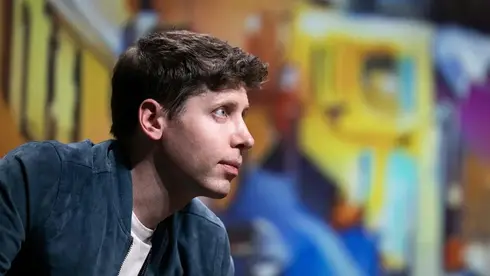
OpenAI’s $40 billion funding round defies DeepSeek moment and cements its AI dominance
Despite mounting competition, OpenAI's valuation soars to $300B as demand for AI rockets.
Last week, OpenAI's GPU processors "melted," as founder and CEO Sam Altman put it. The reason: the company’s updated image generation model, integrated into ChatGPT, delivered a significant leap forward in understanding, input, and output capabilities compared to similar models on the market. In a short time, the model ignited an online phenomenon, with users generating versions of familiar images in the style of the legendary animation studio Ghibli. Demand for the software was so high that OpenAI was forced to impose usage restrictions, despite the model being available only to paying users.
This event offers a clear explanation for why, even after the DeepSeek moment shook the AI industry in January, investors remain confident that OpenAI’s dominance is unchallenged. How confident? Confident enough to back the company with a record-breaking $40 billion funding round, valuing OpenAI at $300 billion post-money.
Announced on Tuesday, the round nearly doubles OpenAI’s valuation from its previous raise and is the largest ever for a private company. According to OpenAI, the funds will accelerate the development of artificial general intelligence (AGI). “\[The funding\] enables us to push the frontiers of AI research even further, scale our compute infrastructure, and deliver increasingly powerful tools for the 500 million people who use ChatGPT every week,” the company said in a press release. “We’re excited to be working in partnership with SoftBank Group—few companies understand how to scale transformative technology like they do. Their support will help us continue building AI systems that drive scientific discovery, enable personalized education, enhance human creativity, and pave the way toward AGI that benefits all of humanity.”
The round is led by Japan’s SoftBank, OpenAI’s key partner in the Stargate project—an ambitious initiative to build an AI computing infrastructure in the U.S. with a total investment of $500 billion. According to Bloomberg, in the first phase, SoftBank will invest $7.5 billion, while a syndicate of investors—including Microsoft, Coatue Management, Altimeter Capital Management, and Thrive Capital—will contribute $2.5 billion. The second phase, set to close by year-end, will see SoftBank invest another $22.5 billion, with the investor syndicate adding $7.5 billion. Talks are also underway with Peter Thiel’s Magnetar Capital and Founders Fund to join the syndicate.
SoftBank’s full investment is contingent on OpenAI completing its transition to a for-profit structure by the end of the year (it is currently controlled by a nonprofit). If the transition is not completed, SoftBank will have the option to reduce its investment from $30 billion to $20 billion, allowing OpenAI to seek additional investors to close the gap.
Upon completion of the funding round, OpenAI will become the world’s second-largest venture-backed private company by market capitalization, according to research firm PitchBook. It will trail only Elon Musk’s SpaceX, valued at $350 billion, and surpass TikTok’s parent company ByteDance, which is valued at $220 billion. The $40 billion round is also the largest amount ever raised in a single round by a private company, eclipsing the previous record set by China’s Ant Group, which raised $14 billion in 2018.
Related articles:
The DeepSeek moment: A challenge that failed to shake OpenAI
Just two months ago, such an ambitious raise seemed far less certain. On January 20, Chinese company DeepSeek unveiled its R1 AI reasoning model, which delivered performance comparable to leading models from OpenAI and its competitors—but reportedly at a fraction of the computing power and cost. This revelation sent shockwaves through the AI industry (Nvidia, for example, saw a $1 trillion loss in market capitalization), raising doubts about the high-cost strategy OpenAI had pursued.
OpenAI’s dominance has been built on massive investments in model development, training, and deployment—best exemplified by the ambitious Stargate project. The company’s competitive edge has also relied on assembling a top-tier AI research team capable of producing cutting-edge breakthroughs. The DeepSeek moment, however, called this strategy into question: If a relatively small Chinese company could achieve similar results with far less investment, OpenAI’s competitive moat seemed to be at risk. Logically, its valuation should have declined. Instead, with the latest round, OpenAI has nearly doubled its valuation in just six months.
Three key factors explain why investors remain bullish on OpenAI despite the DeepSeek challenge:
1. DeepSeek’s capabilities may have been overstated. After the initial hype faded, it became clear that DeepSeek’s development costs were not as low as initially believed. Additionally, there are indications that DeepSeek may have leveraged OpenAI’s own models in its development—what the U.S. government has referred to as intellectual property theft. If this is true, OpenAI can take steps to block future exploitation, reinforcing its moat.
2. Investor confidence in Altman and OpenAI’s leadership. OpenAI’s financial strength is just one part of its success; its leadership team, led by Altman, is equally crucial. Investors trust the team’s ability to adapt to market shifts—such as incorporating cheaper training methods while allocating computing power to more advanced tasks.
3. DeepSeek’s disruption may actually benefit OpenAI. By demonstrating that AI models can be trained more efficiently, DeepSeek has increased overall market demand for advanced AI. Investors believe OpenAI is best positioned to capitalize on this demand, leveraging both its existing models and future iterations developed with more efficient methods inspired by DeepSeek’s approach.
The AI revolution that OpenAI ignited two and a half years ago is now accelerating further—and investors are convinced the company will remain at the forefront. Their $40 billion vote of confidence says it all.
